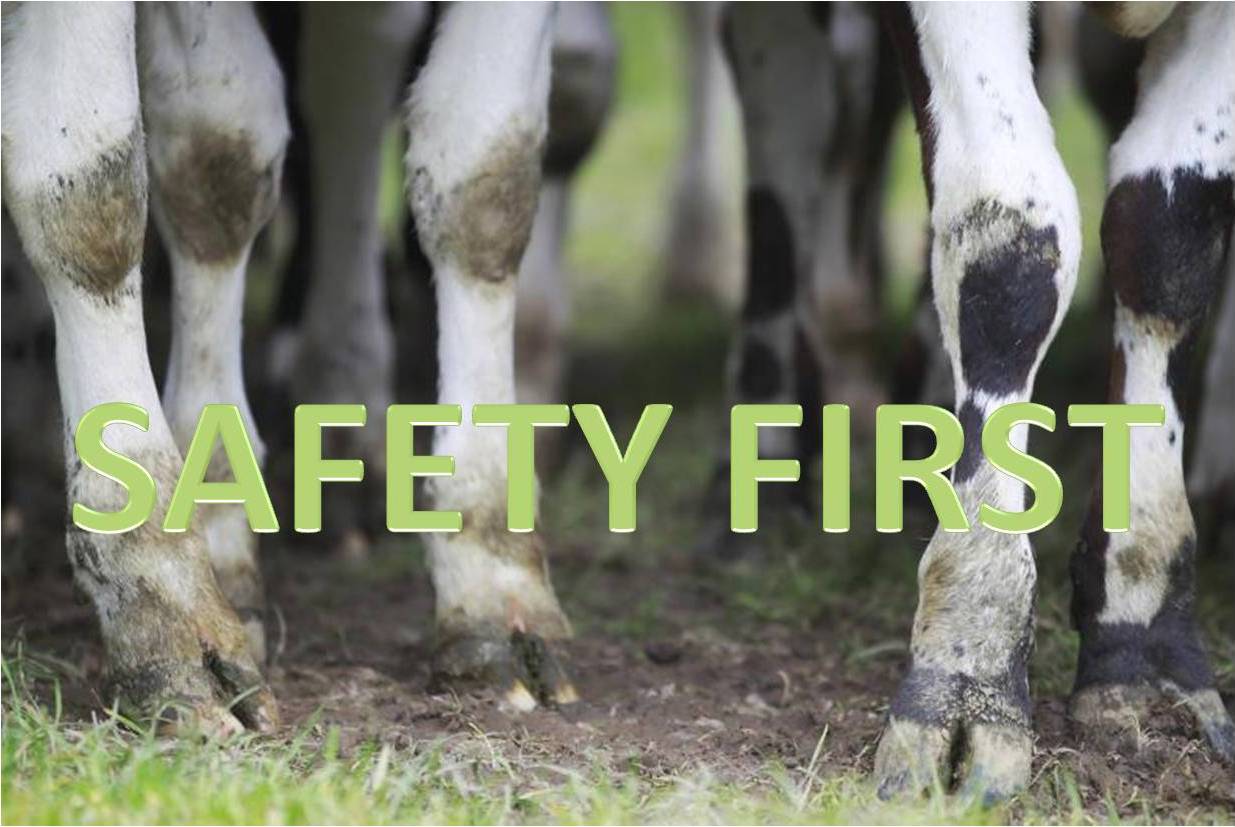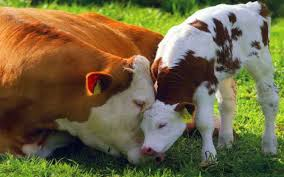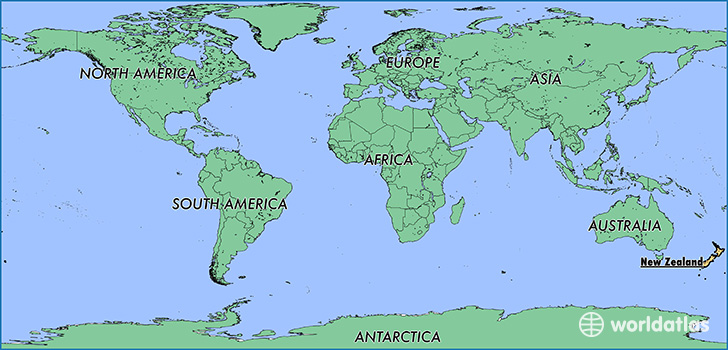
A number of products intended for human therapeutic use are based on animal derived material. Regulators and manufacturers worldwide consider starting ingredients' safety of greatest importance. In the EU the following principles are applied to animal derived products:
- Safe sourcing
- Safe processing
- Safe use
There are various official documents on this topic, for example: the Note for guidance on Minimizing the Risk of Transmitting Animal Spongiform Encephalopathy Agents (EMA/410/01 Rev 3), the identical EP Chapter 5.2.8., Regulation (EC) No 999/2001.
The approach of other regulatory bodies outside the EU is similar.
We look at Sourcing as the first and most important part of the safety requirements chain. Neither safe processing nor safe use can compensate for poorly selected starting materials. Quality and safety of the finished product is largely dependent on HOW and WHERE the raw ingredients have been collected.
Three factors play a big role in safe sourcing: 1. the health status in the country of origin, 2. the age of the donor animal and 3. the type of tissue.
While certain products may only be derived from a specific tissue type, manufacturers can select from a variety of sourcing countries and donor animals of different age.
Countries with negligible TSE risk are considered the safest place to source. Over the years the OIE list of countries with negligible TSE risk has significantly grown. Yet the preferred places to source bovine blood products for pharmaceutical use remain New Zealand and Australia.
When it comes down to age selection, younger animals are viewed as a safer source for derived products. Out of all bovine blood products, Fetal Bovine Serum is considered the safest one since sourced from an unborn animal.
These are just general rules. A real safe approach requires more than going with the stream. This is why.
Animal age. Younger is not always safer 
Fetal Bovine Serum is the preferred bovine blood product - being considered safer than serum of older animals. However, it is often impossible to track the individual donation back to the dam it originates from or to the farm the mother animal has been raised. Fetal Bovine Serum is frequently collected in places where a huge number of animals are processed daily. In such plants manufacturing line speed and working conditions rarely allow a better traceability.
Yet there is a way to achieve greater safety and better traceability. The solution is to change the concept and collect raw materials from slightly older but completely traceable animals.
Highly demanding pharmaceutical customers work with plants that process calves of very young age (1 - 4 months old). The animals mostly originate from a very close area and are raised on organic farms. Such special plants either have a supply contract with farmers from the closest surroundings or raise the calves on their own farm. In both cases the local veterinarian knows the history of each animal and its origins one or two generations back. Where good farming practice is applied there is information about how the animals have been fed, if antibiotics have been used etc. The level of safety and accurate traceability is much higher than the one for Fetal Bovine Serum.
In many applications Fetal Bovine serum can be replaced by serum of older animals. Bovine Calf Serum as a substitute may have slightly poorer performance than FBS due to higher IgG levels and lower growth promotion ability. However, the advantages of better safety, traceability and control are of greater importance for pharmaceutical manufacturers and regulators.
Country of origin. TSE is not everything 
Since many years Australia and New Zealand are considered the preferred sourcing countries for bovine blood products for pharmaceutical use. There has never been a BSE / TSE outbreak, Foot and Mouth Disease is not an issue either. It is important to keep in mind though that there are other viruses widespread in both regions which are relevant to pharmaceutical manufacturers and regulators.
For example, Bovine viral diarrhea virus (BVDV) is one of the major viral contaminants in both countries. According to current statistics, between 60 and 90% or the bovine animals in New Zealand are BVD positive. Regulatory agencies around the world require the BVD viral load in bovine starting material to be detected, inactivated and quantified.
While the control over TSE / BSE worldwide is improving and the list of countries with negligible BSE risk is constantly growing, BVD remains a threat. Only few regions are currently BVD free due to successful eradication programs.
Pharmaceutical manufacturers interested in greater safety of their product don't limit themselves to detection and inactivation of the viral load in their bovine starting materials. They aim for collection of the raw ingredients in regions that are free of BSE / TSE and also of other virus diseases. The careful choice of the region and country of collection - going beyond the common opinion - is another step towards better control over quality and safety of the bovine raw materials.
